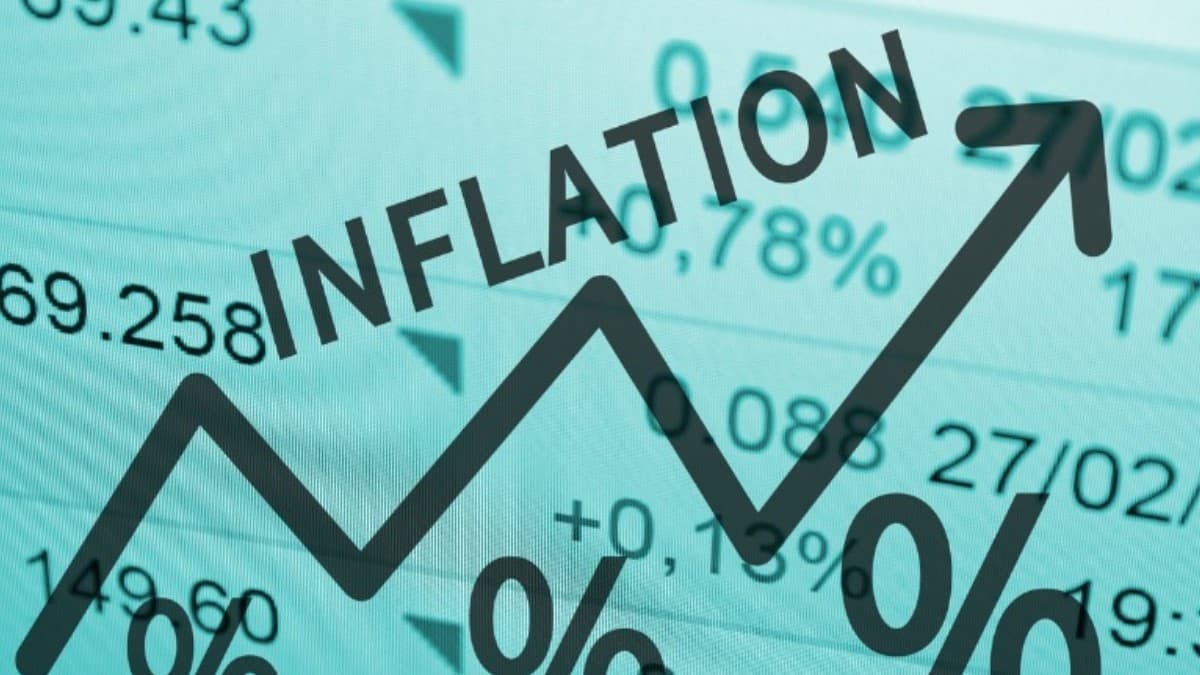Fed Inflation

Inflation occurs when prices for goods and services increase over time.
Fed officials have a dual mandate to promote high employment and low inflation. Unfortunately, they have yet to be successful in maintaining low inflation levels.
The central bank’s goal is to bring its preferred inflation gauge, the personal consumption expenditures price index, back to 2% by 2025. Unfortunately, they face an uphill battle as economic growth needs to be faster.
It’s a Problem
For almost two decades, central bankers worldwide have had one consistent goal: to achieve inflation that averages around 2%.
Fed policymakers typically view that target as a guidepost to ensure the economy doesn’t get stuck in a deflationary rut when things aren’t going as planned.
Unfortunately, these two objectives may conflict when a recession strikes and the economy struggles to rebound.
The U.S. boasts one of the world’s largest consumer economies and a robust labor market.
Therefore, the Fed strives to maintain a delicate balance between avoiding a recession and curbing inflation. This task proves challenging given all of the factors contributing to higher prices.
It’s a Challenge
Inflation is one of the most significant challenges facing the Federal Reserve. It has reached unprecedented highs, remaining well above its goal of 2% inflation for two years running.
Though the Fed may face a challenge in returning inflation to its target, it must do so without overcorrecting the economy and sending it into recession. That is why policymakers have put so much focus on reducing prices recently.
They accomplish this by monitoring several price indexes, each unique. These include trimmed mean PCE (excluding food and energy) and sticky-price CPI, which reduces some of the volatility in price changes that can often arise when products and services undergo rapid changes.
It’s a Risk
Inflation threatens the economy as it can trigger a deflationary spiral and send the economy into recession, resulting in slower growth and employment levels.
The Fed is actively trying to control inflation by raising interest rates. Doing so makes it more expensive for companies to borrow money, potentially deterring demand and lowering prices.
Though the Fed’s current rate hike strategy may not be sufficient to combat high prices, inflation has gradually declined since March 2022 but remains above its 2% target.
The Fed has been responding to inflation by employing a loose monetary policy playbook designed for recessions when inflation and interest rates were too low to address crises. But recent data have provided the Fed with cause for reflection regarding how best to tackle this challenge in the future.
It’s an Opportunity
The Federal Reserve sets a target inflation rate of around 2% for its primary inflation measure, the PCE price index. To ensure consistency in this process, they monitor several price indexes.
The Federal Reserve has been active on the money creation front. It has made some of the most significant adjustments to money supply history in recent months.
As previously discussed, the Fed’s success relies on its ability to influence demand while maintaining a stable monetary environment. Investors must be aware of the potential risks of overtightening the money market. High-interest rates could raise costs across various assets like credit card balances or mortgages in an already tight labor market where wages have yet to catch up to pre-pandemic levels. While inflation control by the Fed appears likely, there is no assurance this will occur.
Since January 2012, the Fed is aiming for inflation of 2 percent and above. With the current ongoing pandemic, the market believes that the Fed inflation target isn’t going to be achieved.
The purpose of targeted inflation is to maintain price stability while supporting economic growth and stability within the economy. Since inflation has a direct impact on the economy, it can help with lowering unemployment and national income.
So, how is inflation increased? Generally, inflation is increased when the central bank lowers interest rates, it encourages borrowing. If people have more money in their hands, it will contribute to the economy while slightly increasing inflation.
Generally, when the Fed wants to increase inflation to 2 percent, it follows this route. The central bank lowers the interest rates so that more people can get loans. Although the interest rates are low at the moment, the demand for loans isn’t quite meeting the expectations.
This is directly related to the COVID-19. Because more people’s jobs are at risk than ever, it is seen as not that good of a time to get loans. The current borrowing rate helps us to get an idea of whether or not the Fed is going to reach its target for inflation.
It seems very unlikely that the Fed will reach its inflation target. At the time of writing, the inflation rate swings between 1.4 to 1.5 percent which is still way less than the targeted rate now that we have 2 more months into 2025.





